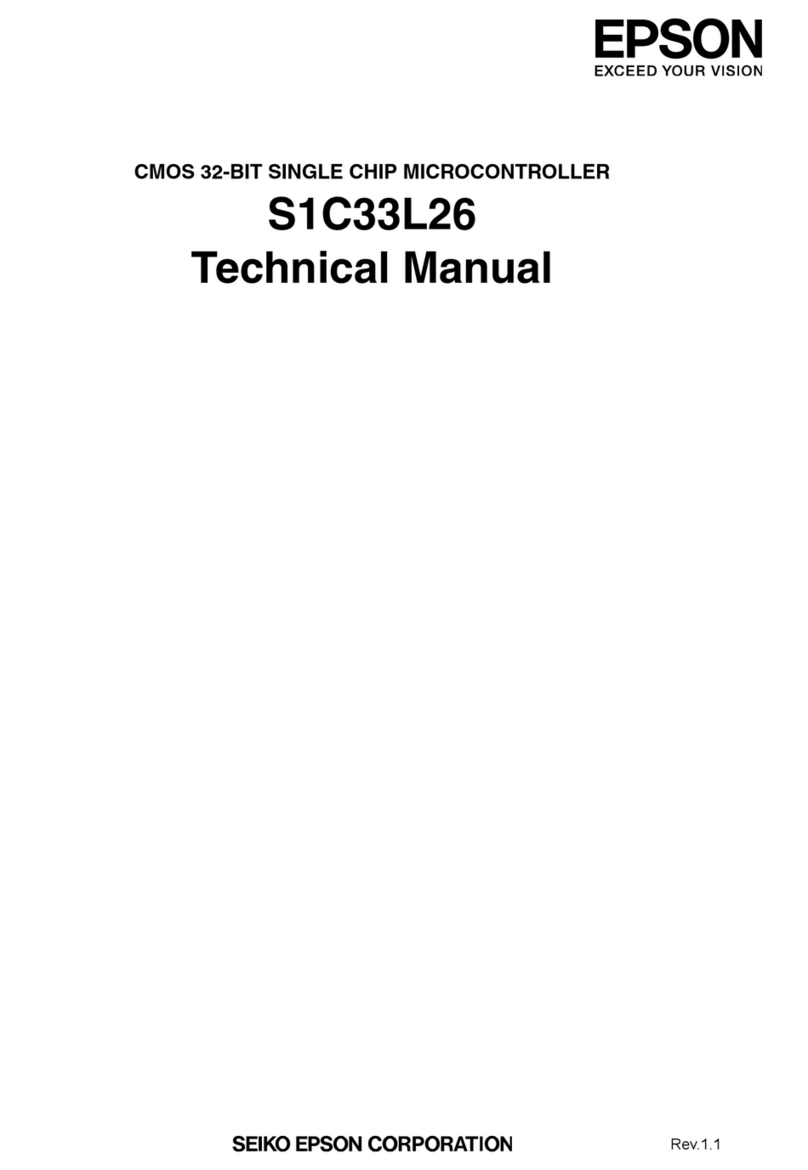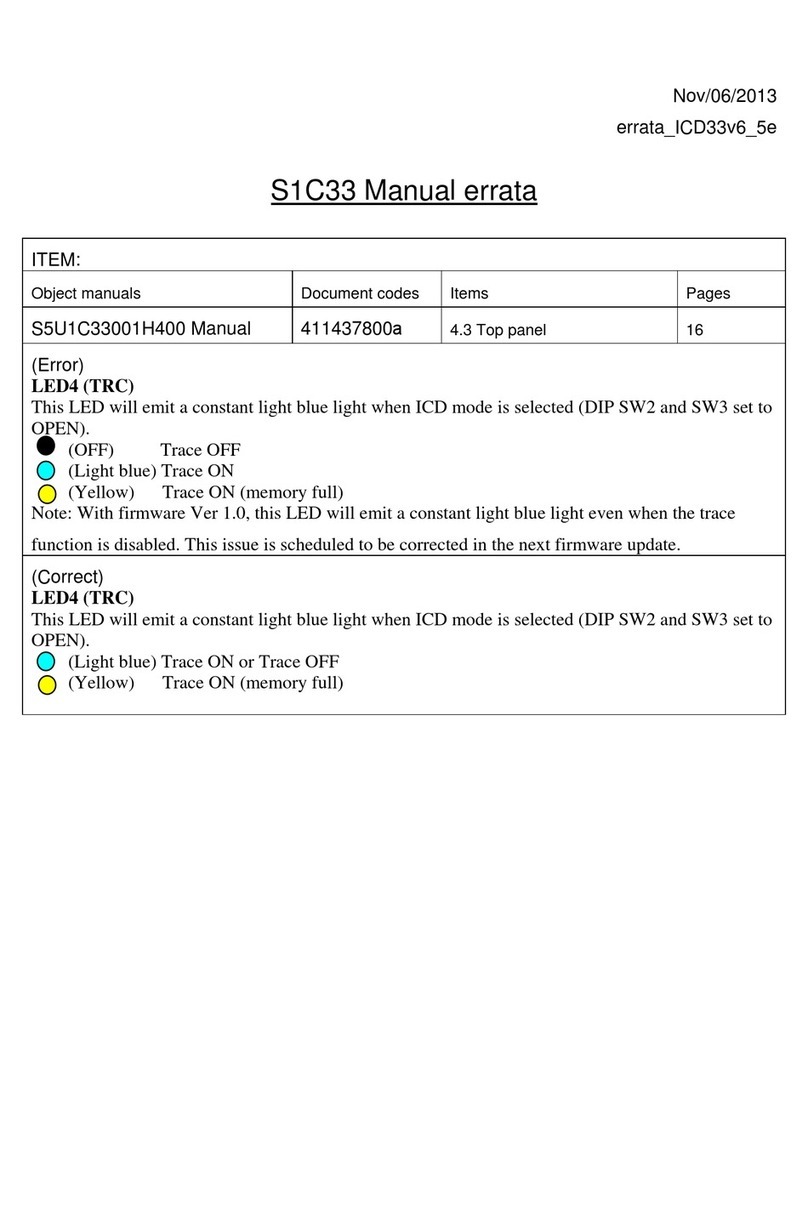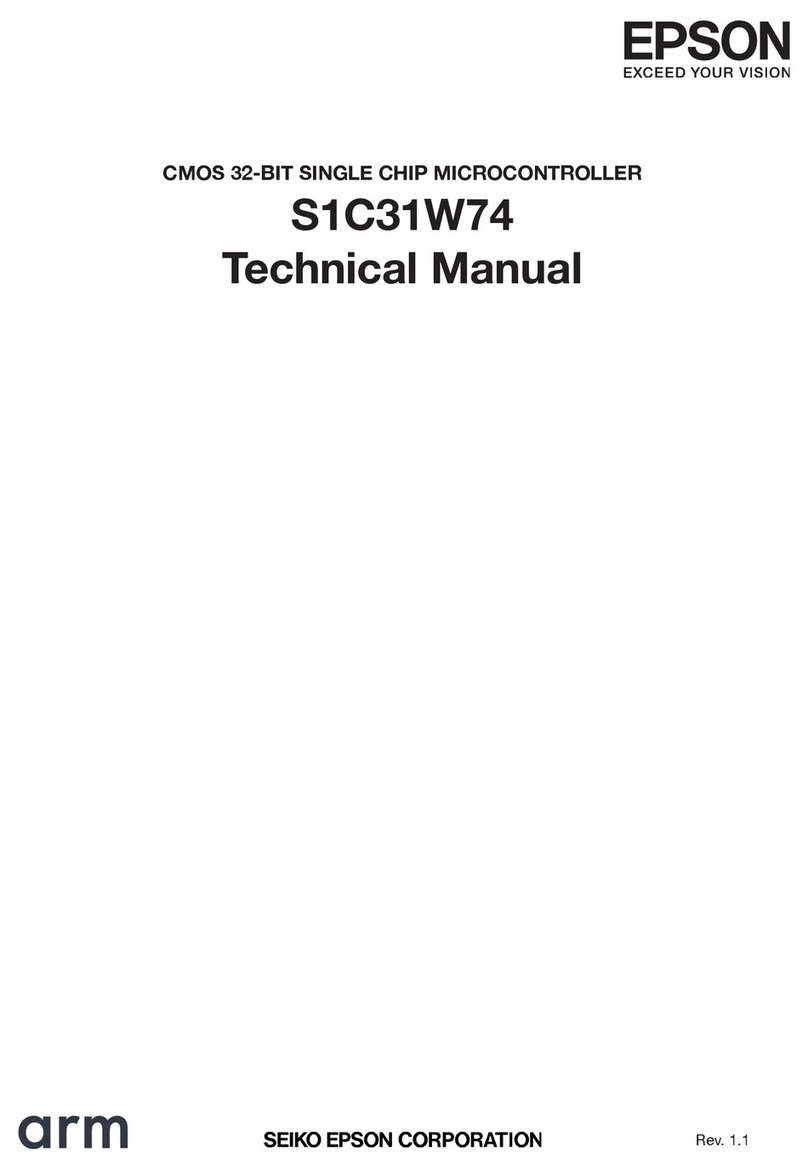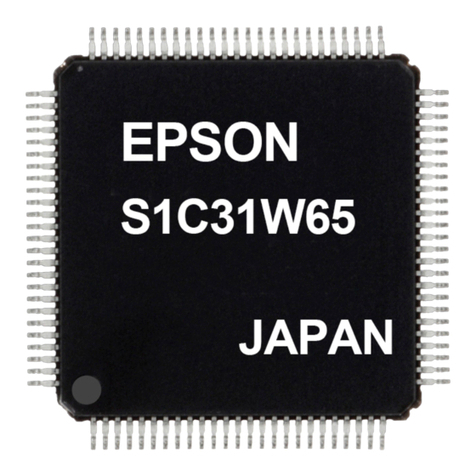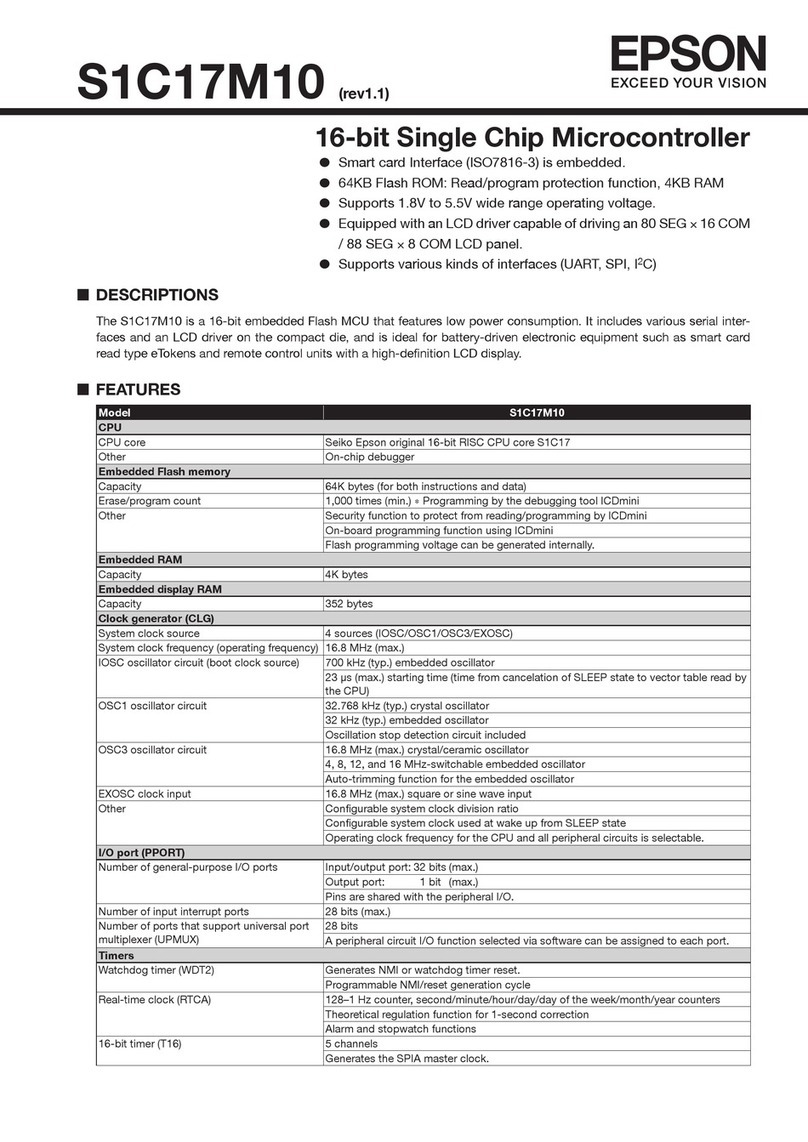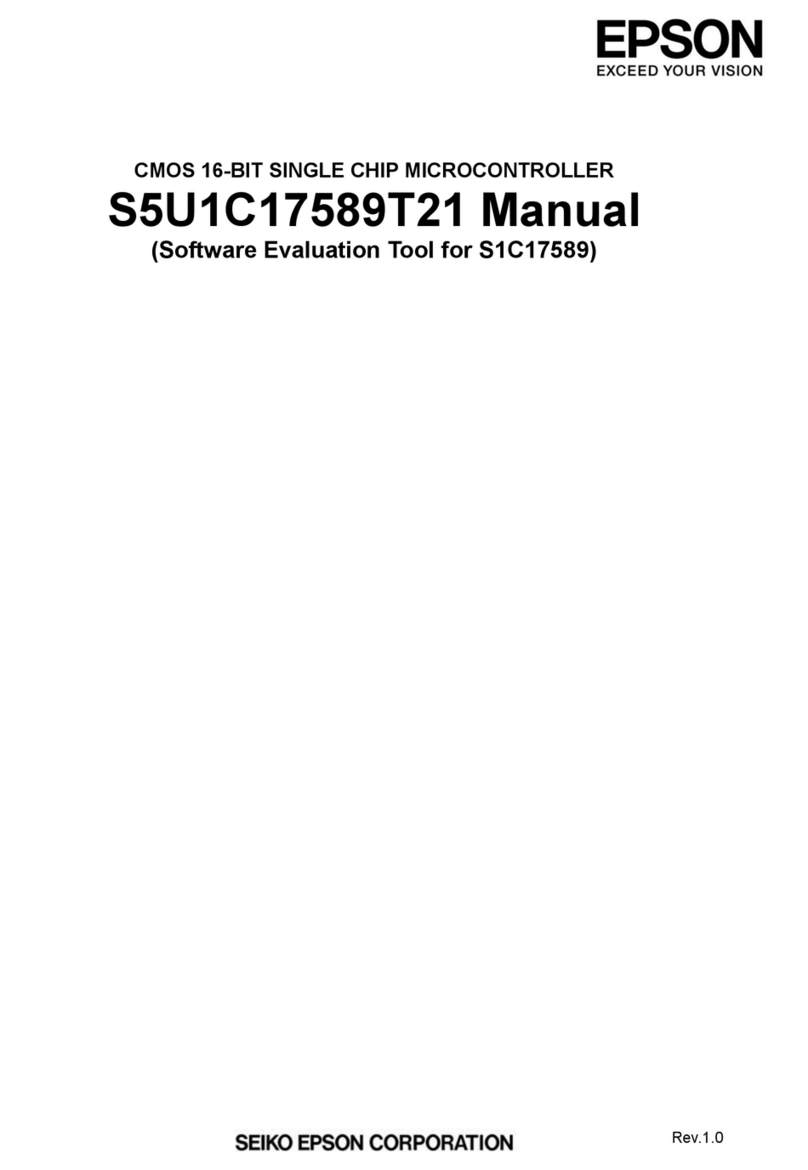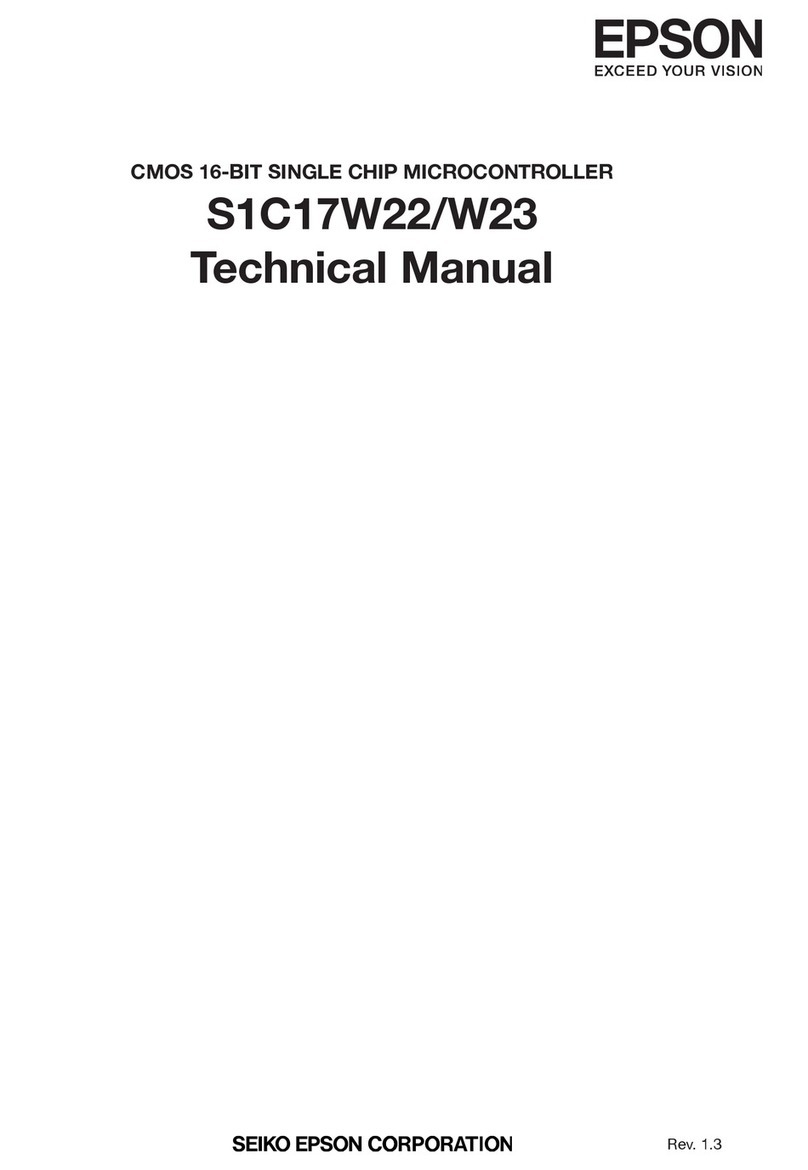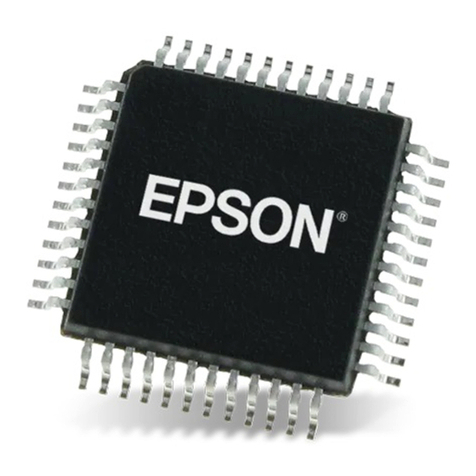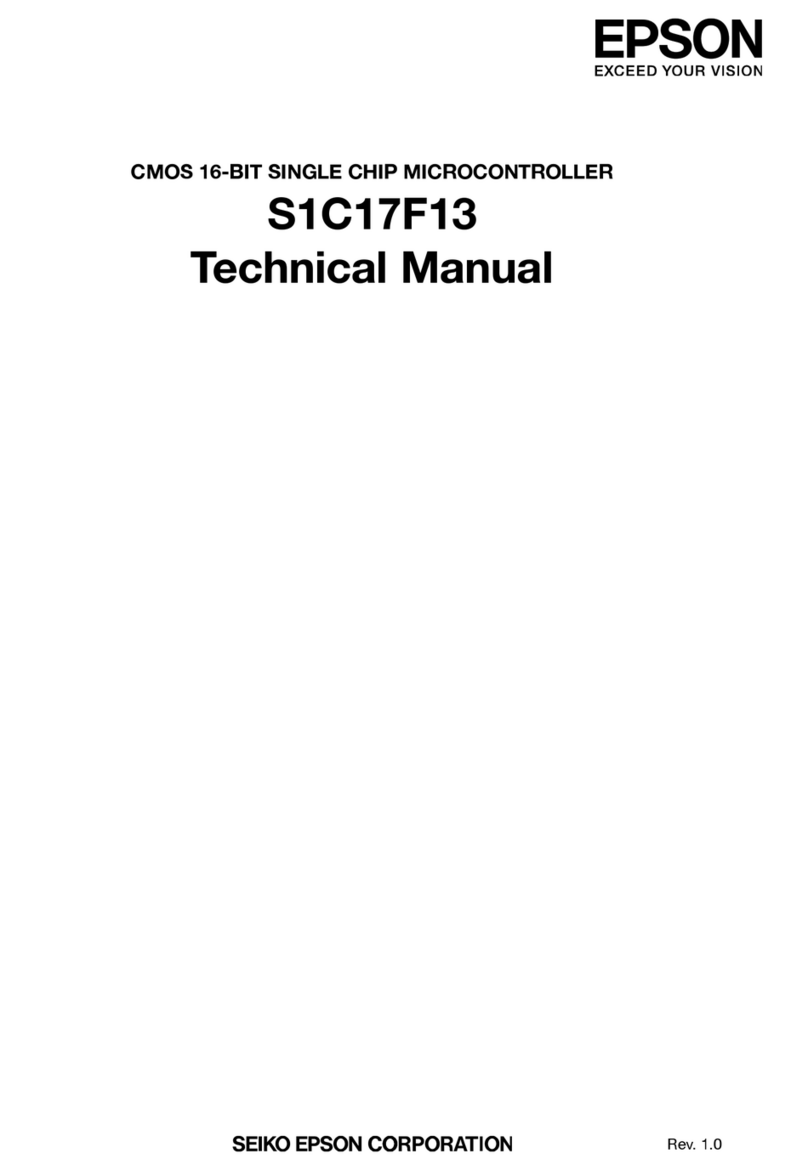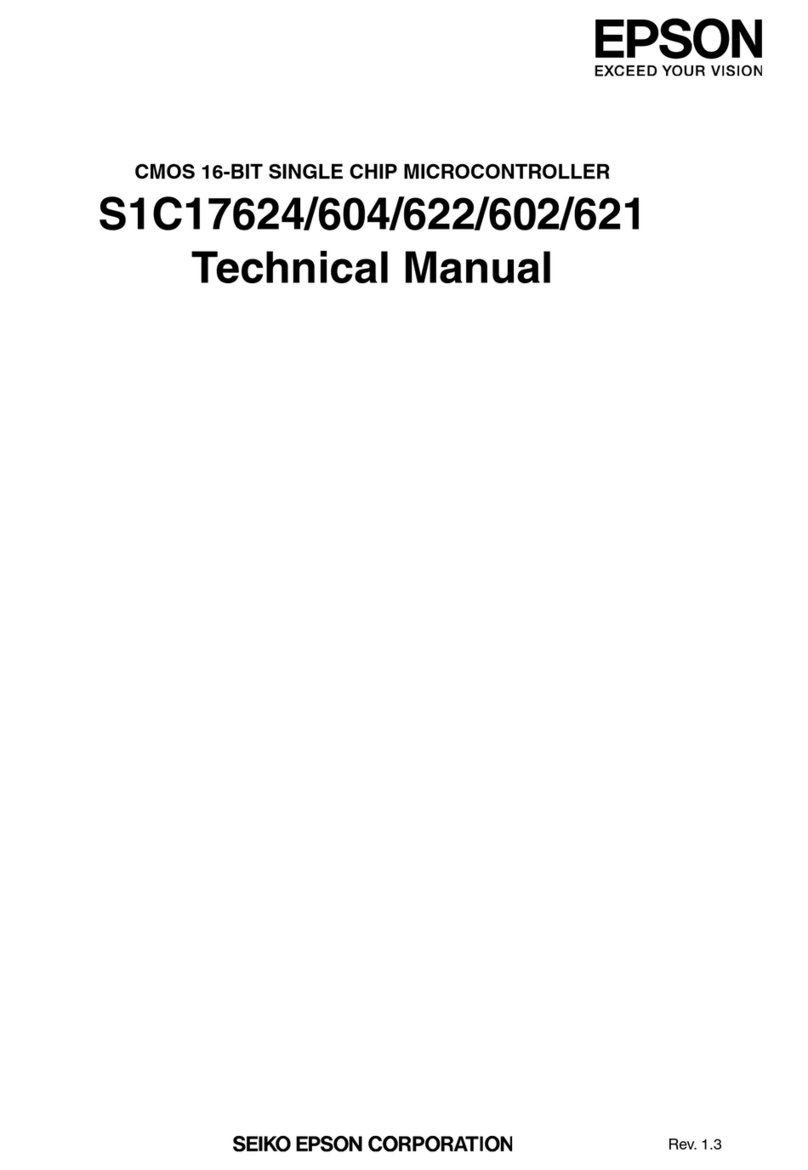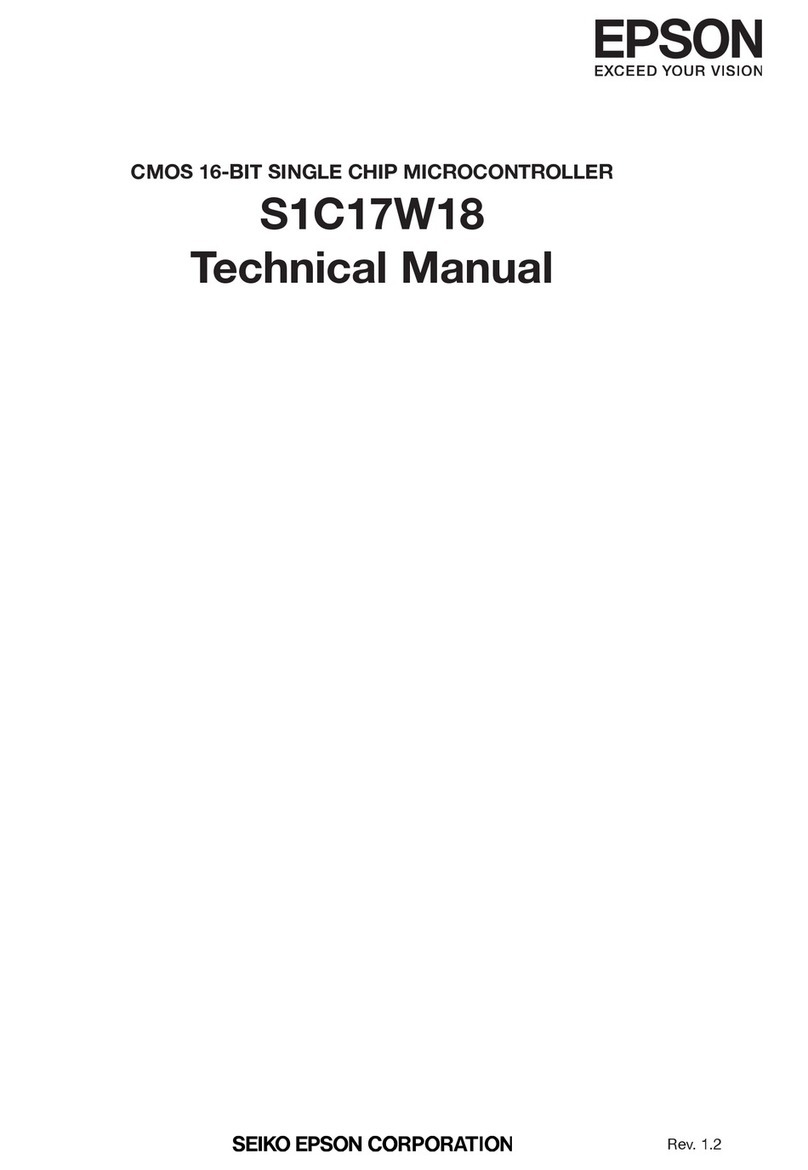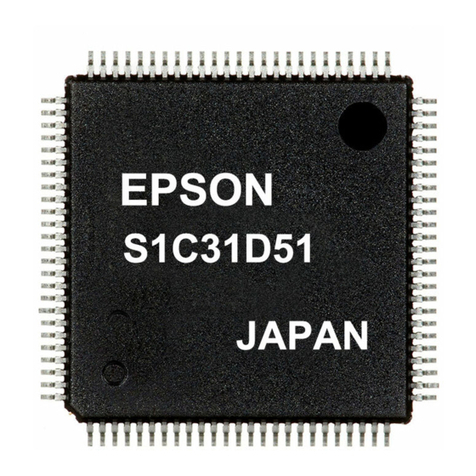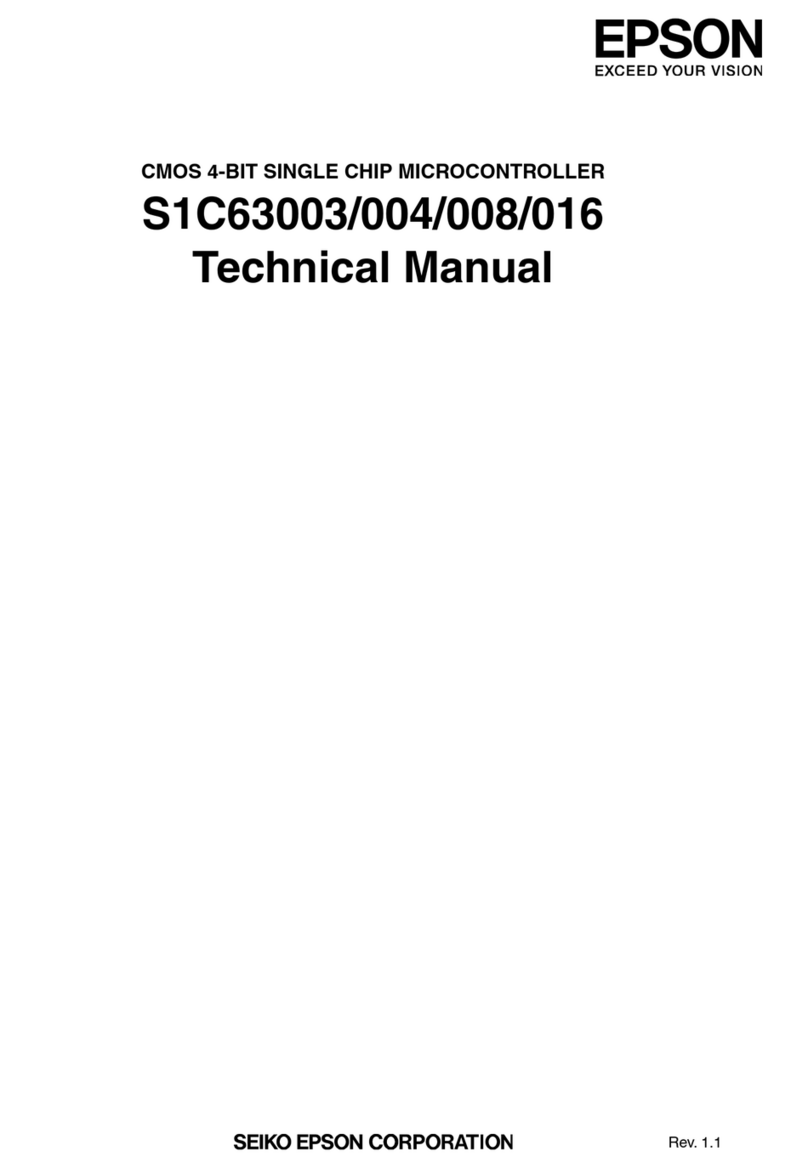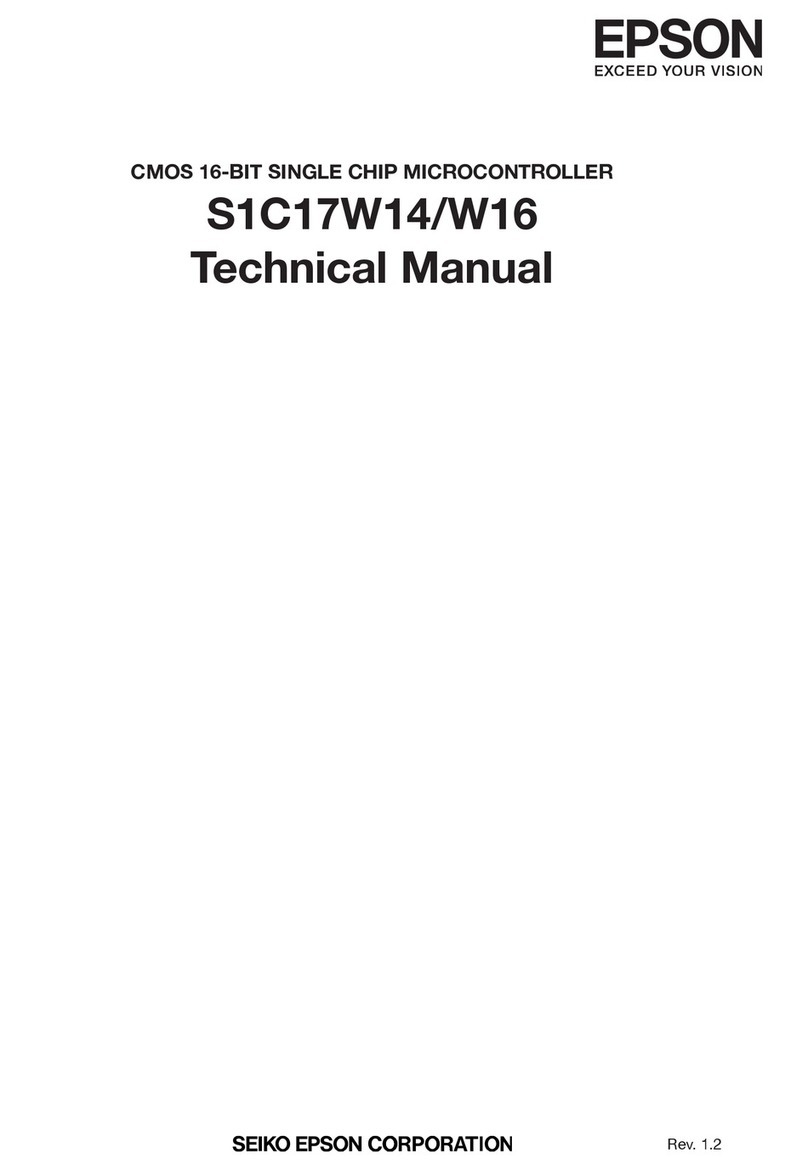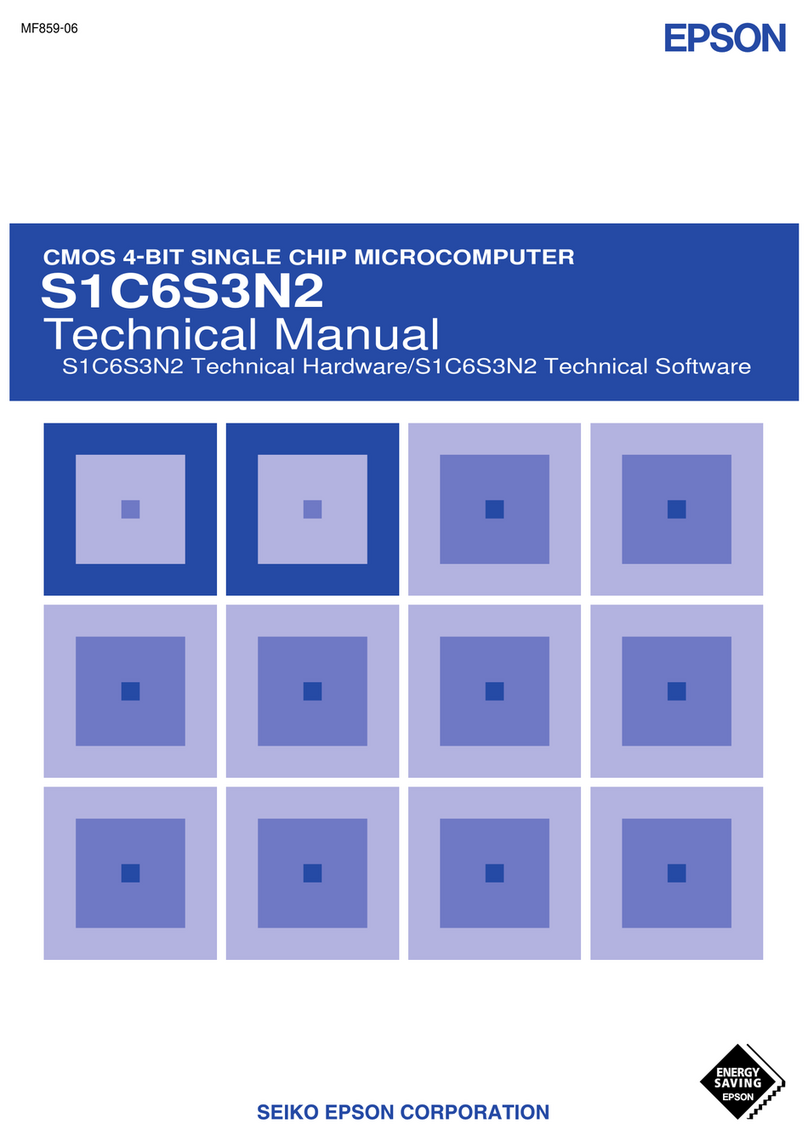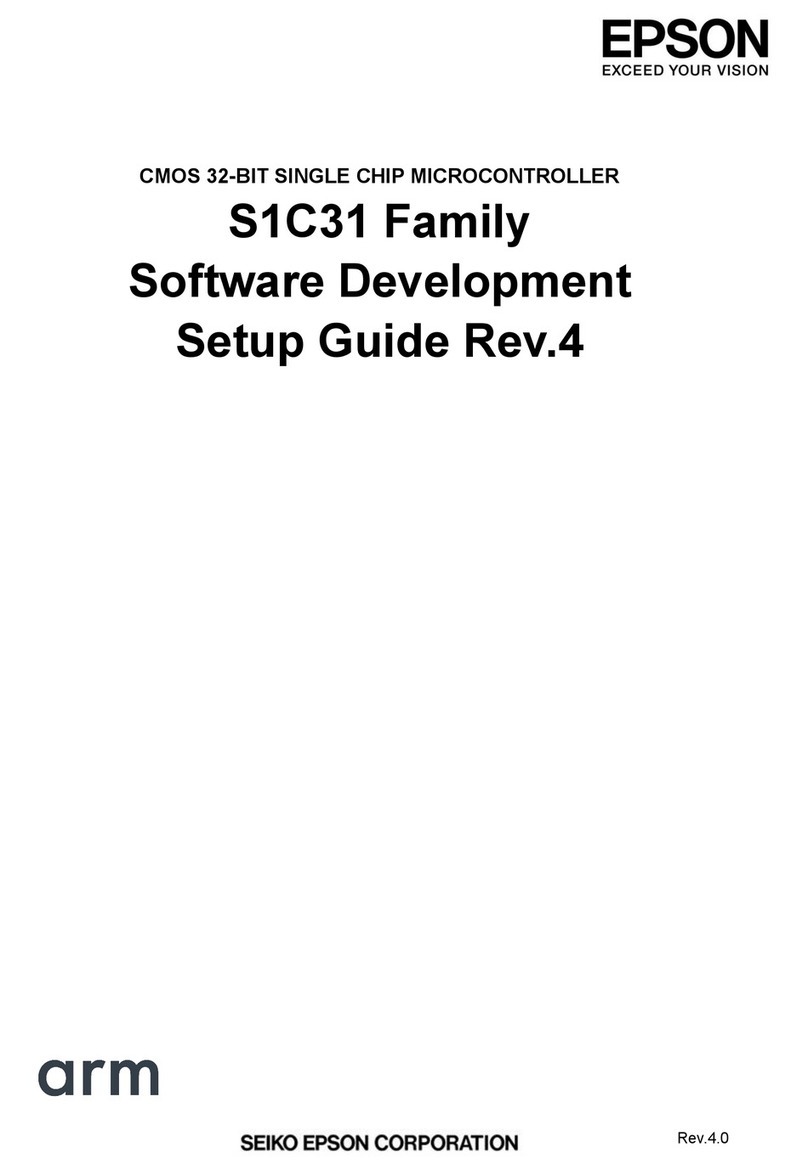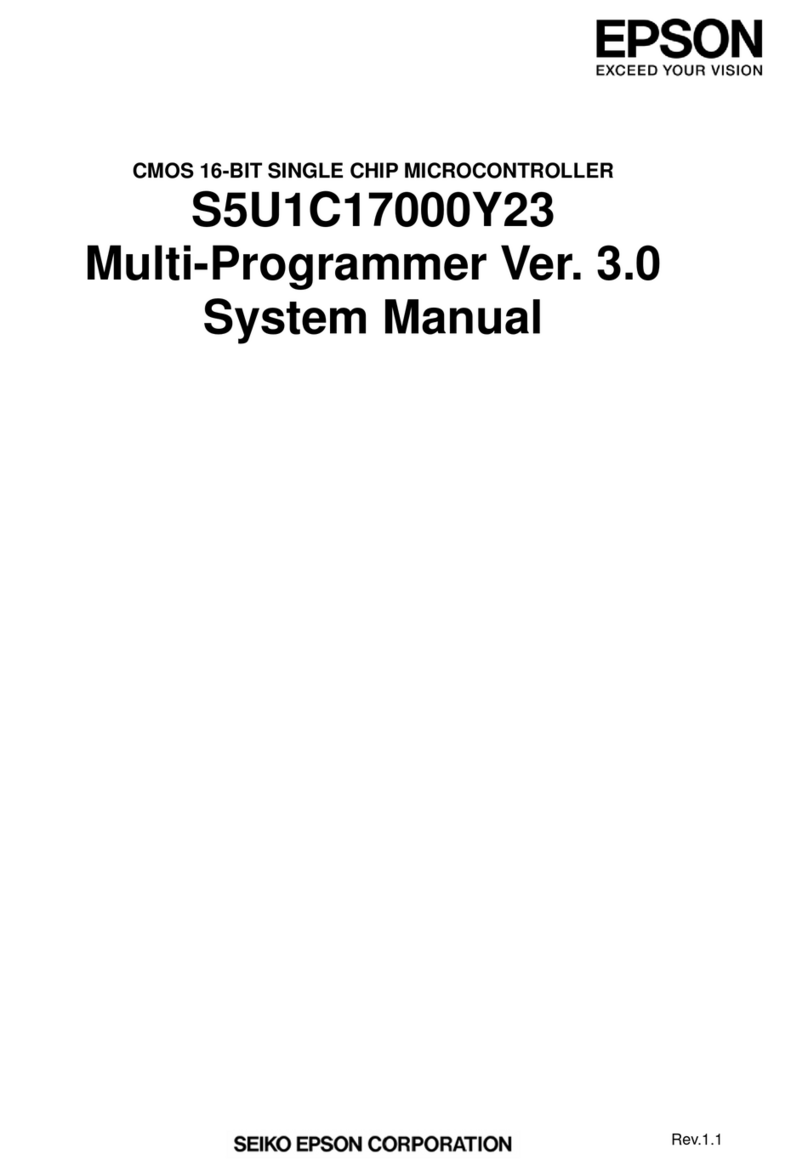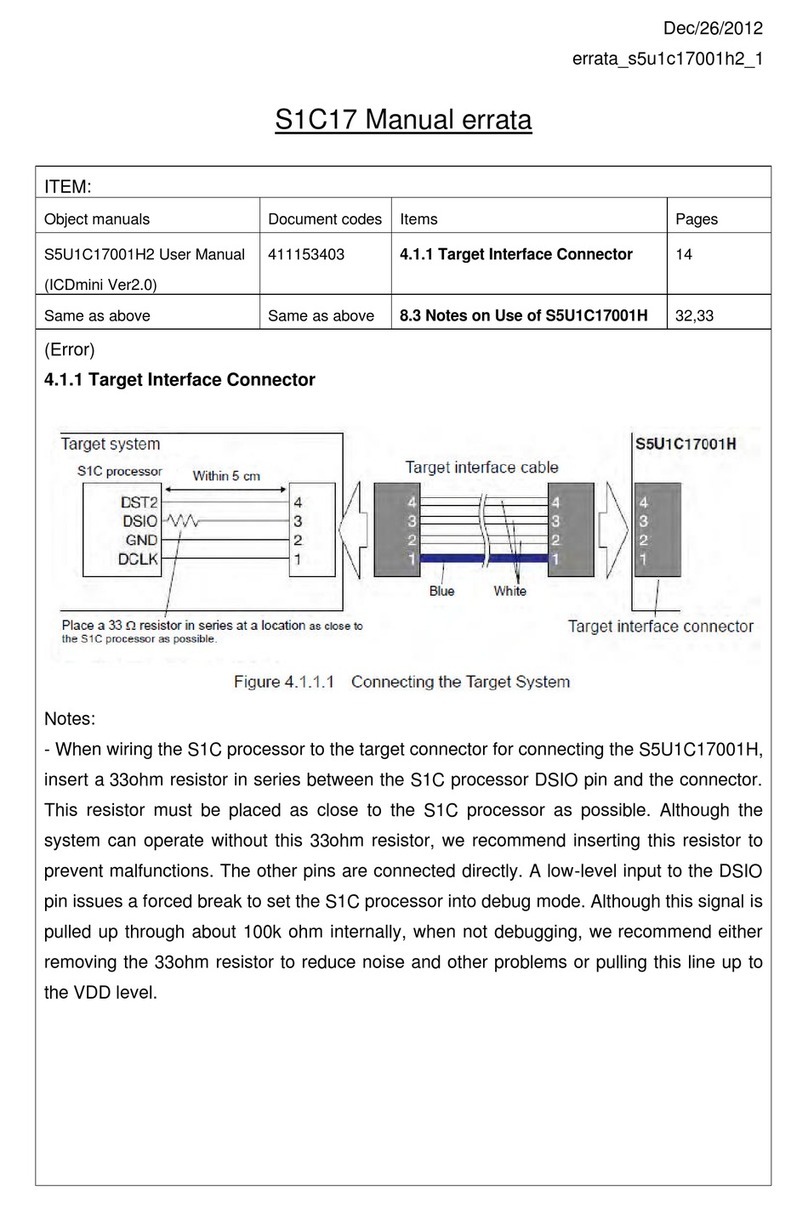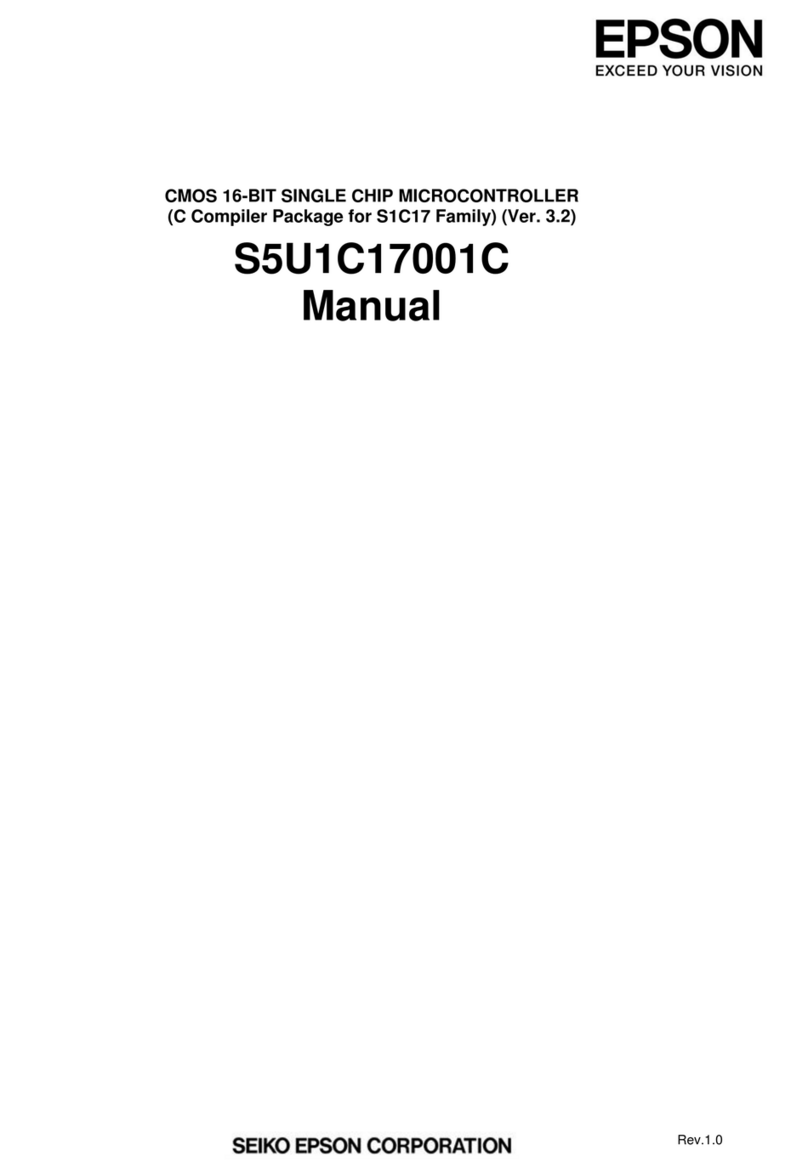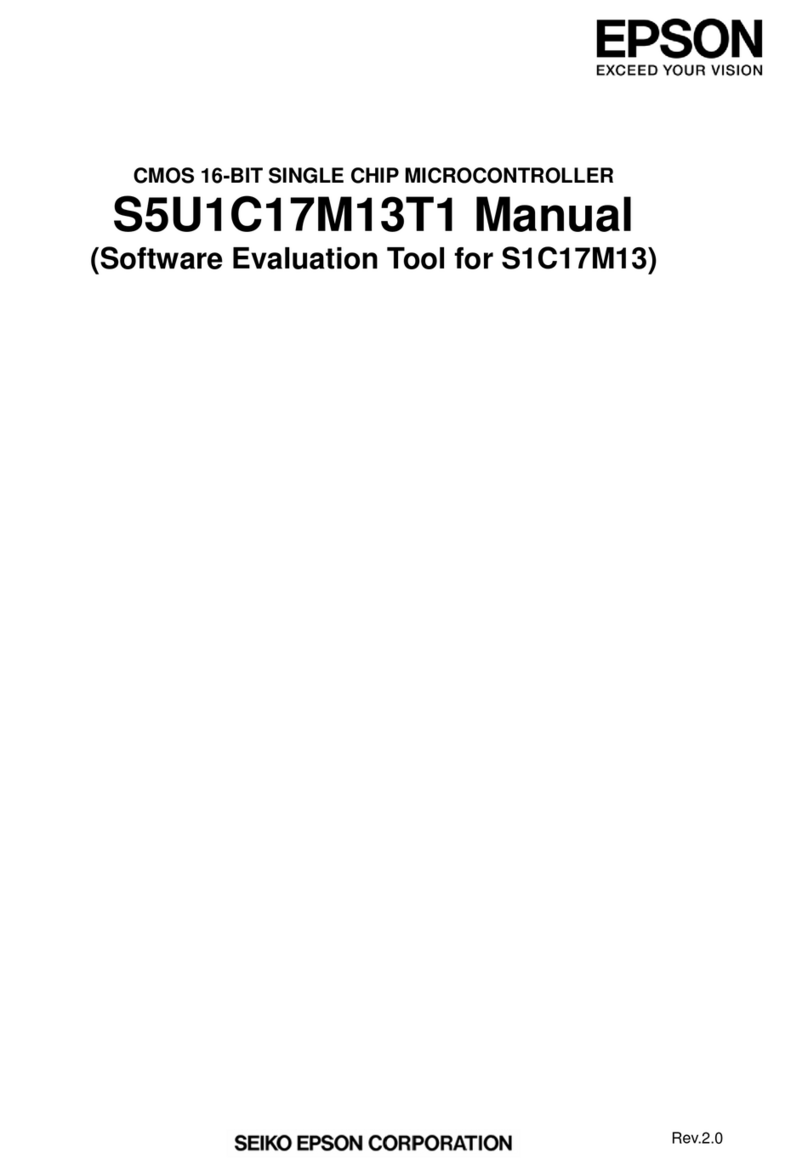14.8. Control Registers ________________________________________________ 14-15
15. Quad Synchronous Serial Interface (QSPI) ___________________________ 15-1
15.1. Overview _______________________________________________________ 15-1
15.2. Input/Output Pins and External Connections __________________________ 15-2
15.2.1. List of Input/Output Pins ________________________________________________ 15-2
15.2.2. ExternalConnections ___________________________________________________ 15-2
15.2.3. Pin Functions in Master Mode and Slave Mode ______________________________ 15-6
15.2.4. Input Pin Pull-Up/Pull-Down Function _____________________________________ 15-6
15.3. Clock Settings ___________________________________________________ 15-7
15.3.1. QSPI Operating Clock ___________________________________________________ 15-7
15.3.2. Clock Supply During Debugging ___________________________________________ 15-7
15.3.3. QSPI Clock (QSPICLKn) Phase and Polarity___________________________________ 15-8
15.4. Data Format ____________________________________________________ 15-8
15.5.
Operations
_____________________________________________________ 15-10
15.5.1. Register Access Mode _________________________________________________ 15-10
15.5.2. Memory Mapped Access Mode _________________________________________ 15-10
15.5.3.
Initialization
__________________________________________________________ 15-12
15.5.4. Data Transmission in Master Mode_______________________________________ 15-13
15.5.5. Data Reception in Register Access Master Mode ___________________________ 15-15
15.5.6. Data Reception in Memory Mapped Access Mode __________________________ 15-18
15.5.7. Terminating Memory Mapped Access Operations ___________________________ 15-27
15.5.8. Terminating Data Transfer in Master Mode ________________________________ 15-27
15.5.9. Data Transfer in Slave Mode ____________________________________________ 15-28
15.5.10. Terminating Data Transfer in Slave Mode ________________________________ 15-29
15.6. Interrupts _____________________________________________________ 15-30
15.7. DMA Transfer Requests___________________________________________ 15-32
15.8. Control Registers ________________________________________________ 15-33
16. I2C (I2C) ______________________________________________________ 16-1
16.1. Overview _______________________________________________________ 16-1
16.2. Input/Output Pins and External Connections __________________________ 16-2
16.2.1. List of Input/Output Pins ________________________________________________ 16-2
16.2.2. ExternalConnections ___________________________________________________ 16-2
16.3. Clock Settings ___________________________________________________ 16-3
16.3.1. I2C Operating Clock ____________________________________________________ 16-3
16.3.2. Clock Supply During Debugging ___________________________________________ 16-3
16.3.3. Baud Rate Generator ___________________________________________________ 16-4
16.4. Operations______________________________________________________ 16-5
16.4.1. Initialization __________________________________________________________ 16-5
16.4.2. Data Transmission in Master Mode________________________________________ 16-5
16.4.3. Data Reception in Master Mode__________________________________________ 16-8
16.4.4. 10-bit Addressing in Master Mode _______________________________________ 16-11
16.4.5. Data Transmission in Slave Mode_________________________________________ 16-12
16.4.6. Data Reception in Slave Mode __________________________________________ 16-14
16.4.7. Slave Operations in 10-bit Address Mode __________________________________ 16-15
16.4.8. Automatic Bus Clearing Operation________________________________________ 16-16
